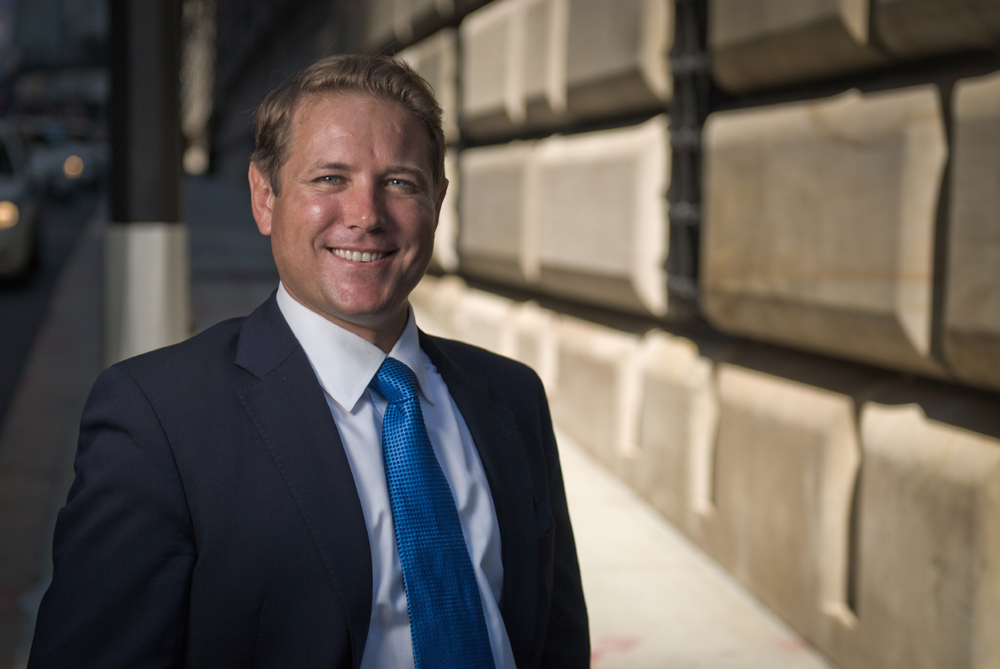 Guest Contributor: Tom Spouse, CEO, Prospect 33
Guest Contributor: Tom Spouse, CEO, Prospect 33
Volatile markets, unpredictable revenue streams, ever changing business lines and a constantly evolving landscape lead to many questions, not the least of which is: How can we truly commit to building the “right” resourcing model for the future?
Building strategic resourcing partnerships for the future is always a topic in question, and never more so than now, when the industry is under a microscope and facing impending scrutiny and regulations. Although a number of different models exist, as outlined here, one common theme threads throughout. As a senior member of the regulatory and strategic change team at one of Wall Street’s biggest investment banks emphasized in a recent meeting, we must get ahead of the upcoming regulations in order to meet the demands within the time frame required and we must do so strategically. To do this, we must address the labor issue and look to release the intellectual capacity of expert in-house resources, as these individuals possess the essential knowledge of the institution’s internal workings. Backfilled by interim external consultants, these SMEs are now freed up to tackle the unavoidable and imminent changes to come, as outlined in the models below.
Cost remains a constant pressure in an otherwise ever changing environment and closer partnerships and resource allocation alongside various vendor and external solutions remain appealing and viable options to senior management and business leaders.
With all of this said, one question remains: How do large institutions meet resourcing needs to achieve strategic and regulatory change?
Option One: “Go All Out” — The full-blown managed service solution
In an effort to reduce risk, cut cost and ensure service levels are consistent, organizations rely heavily on their resourcing partners to offer solutions. In many cases, this is delivered through a blended onshore and offshore model, which can be seen throughout the lifecycle of a project.The success of this model requires a deep understanding of the host organization as well as a strong knowledge of the customer base on both tactical and strategic levels. In order to truly achieve success, a full blown managed service solution must establish and rely on a mutual relationship between service user and service provider. Both organizations must understand intentions and expectations down to a deep, cultural level for a true and successful partnership.
Option Two: “Step by Step” — Talent acquisition and SME backfill provision
Talent acquisition, or the transition of resources or Subject Matter Experts (SMEs) from one firm to another during a period of organizational change and development, can offer significant advantages. The partner firm gains the opportunity to strengthen capabilities in a given space while the origin organization continues to utilize a skilled resource or team during a wind down or transition period. The successful transfer of resources is not always without its complications, but this model allows the partner firm to identify new opportunities for individuals who may otherwise be left to the will of Wall Street. With ever-strained resources in busy operations or “line” roles, and the need for experienced and knowledgeable individuals to take a more active role in project work, there is a growing need for the SME backfill. Junior or mid-level resources often gain experience and excel their careers through this model, which also lends itself to further opportunities in the form of full-time permanent placement for contingent workers with the host organization. This is ultimately to the benefit of the individual and the industry as a whole.
Option Three: Right Shore — Growth in new locations
Resourcing companies are ideally placed to help large firms grow their capabilities in new locations. Whether it is Columbus, Ohio; Buffalo, New York or anywhere in between, domain knowledge, local resourcing protocols and talent acquisition techniques are all vital to establishing a successful and sustainable business. Outside of large hubs, offering an abundance of talented and trained resources, an organization must understand not only how best to attract the right talent, but also how to retain these resources. Knowledge of local wages and relationships with localacademic institutions plays a vital role in the beginning to end success of this model. Although questions do arise as to the longer-term role of the near-shore center, cost and resiliency advantages make this model an increasingly attractive proposition to the global player.
Option Four: “Wait and See” — Non-critical areas look to wait it out
The option may be to offshore, outsource or reengineer, but until more certainty and stability exists within the markets, non-critical areas will likely not want to take the risk. The “wait and see” approach avoids the potential drain of experience and intellectual property, which can make any transition painful and challenging for even the strongest of organizations.
Vast opportunities for efficiency savings, increased productivity and improved processes abound and all of these are to be gained from strategizing for the optimum human capital, in the correct quantities and in the right locations. As discussed here, these opportunities can only be realized through a succinct and collaborative partnership across operations and technology.
When I look at our current project portfolio, whether it involves meeting regulatory demands, ensuring systems and processes are future-state ready, or providing SME knowledge to groups where their experience has been aggressively depleted, I am confident in saying that we, like many other solution-centric firms, continue to enhance and develop our services.
I am well aware of the challenges we, as an industry, are up against in these uncertain and evolving times. That said, there are substantial benefits to be realized, some with minimal investment, by implementing more innovative resourcing solutions. During this significant period, resources are the essential vehicles for the unfolding regulatory and strategic changes. There is much to be gained from “out of the box” thinkers who are prepared to take some risk at a questionable time, offering a longer-term solution and greater benefit to those involved.
Need a Reprint?

Leave a Reply